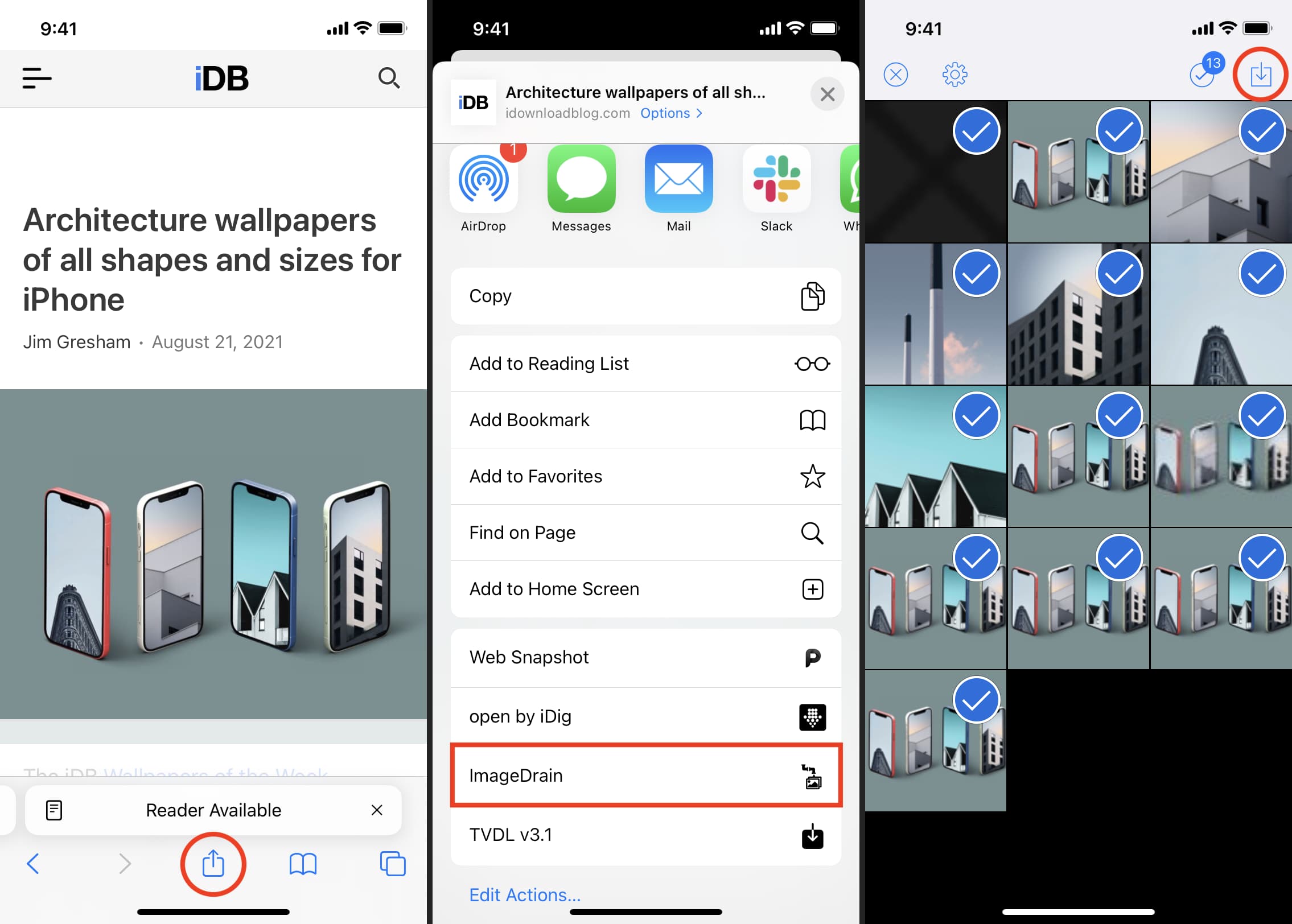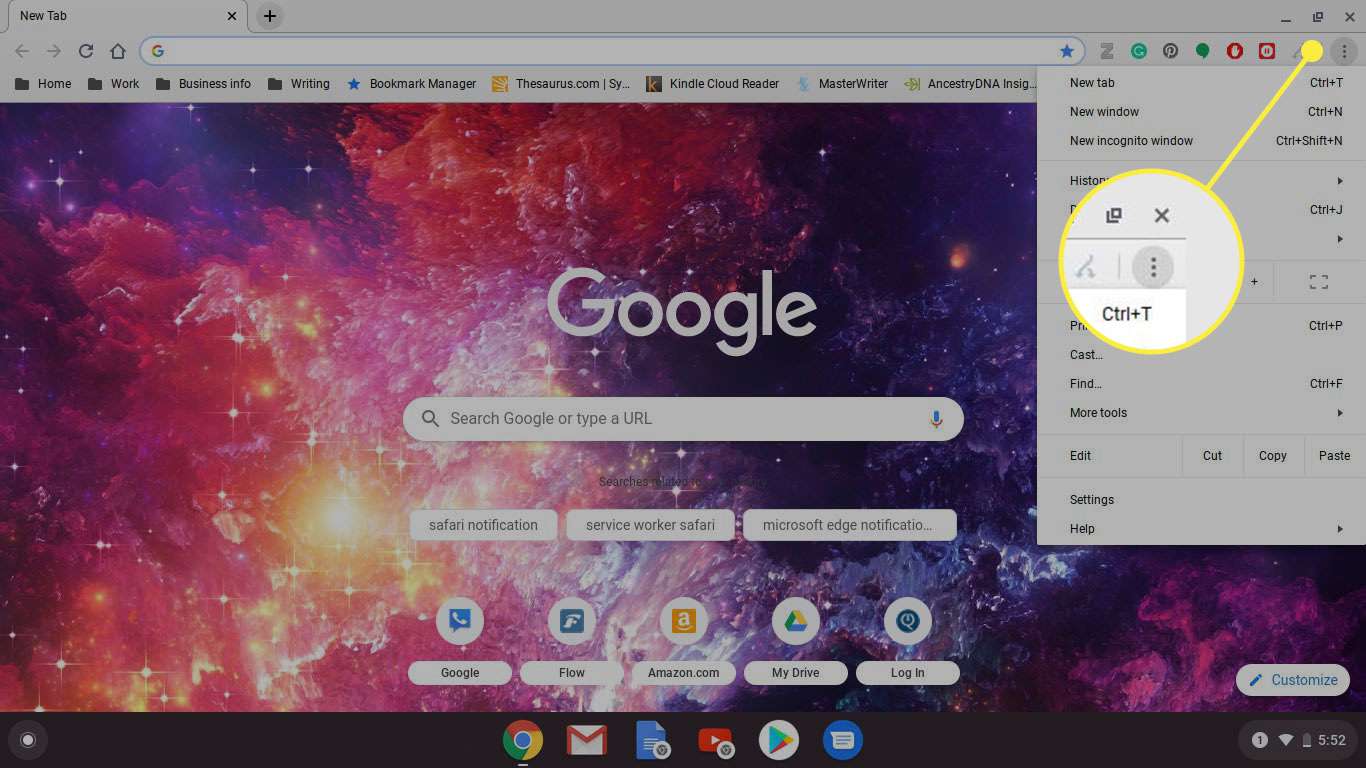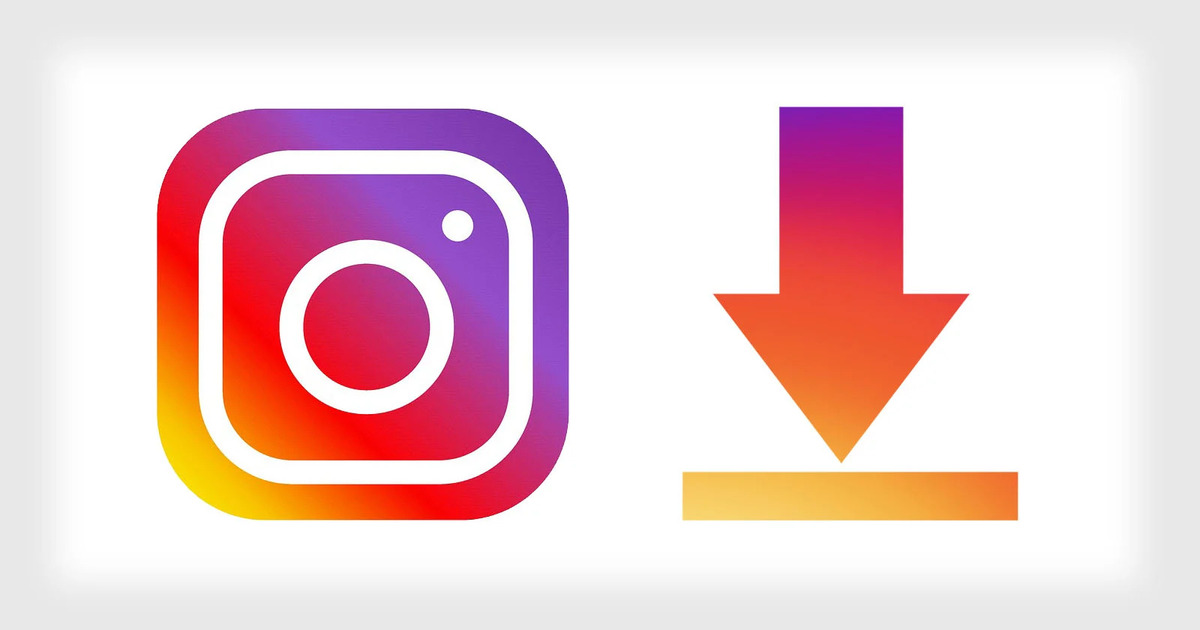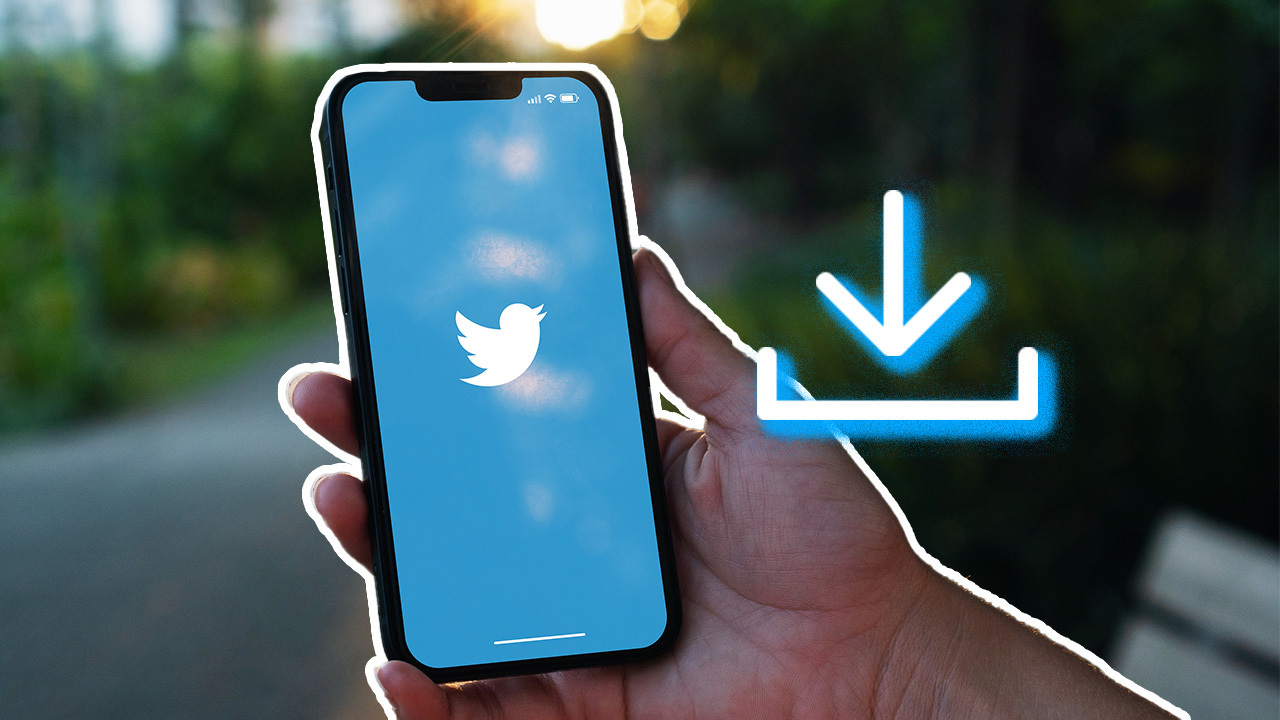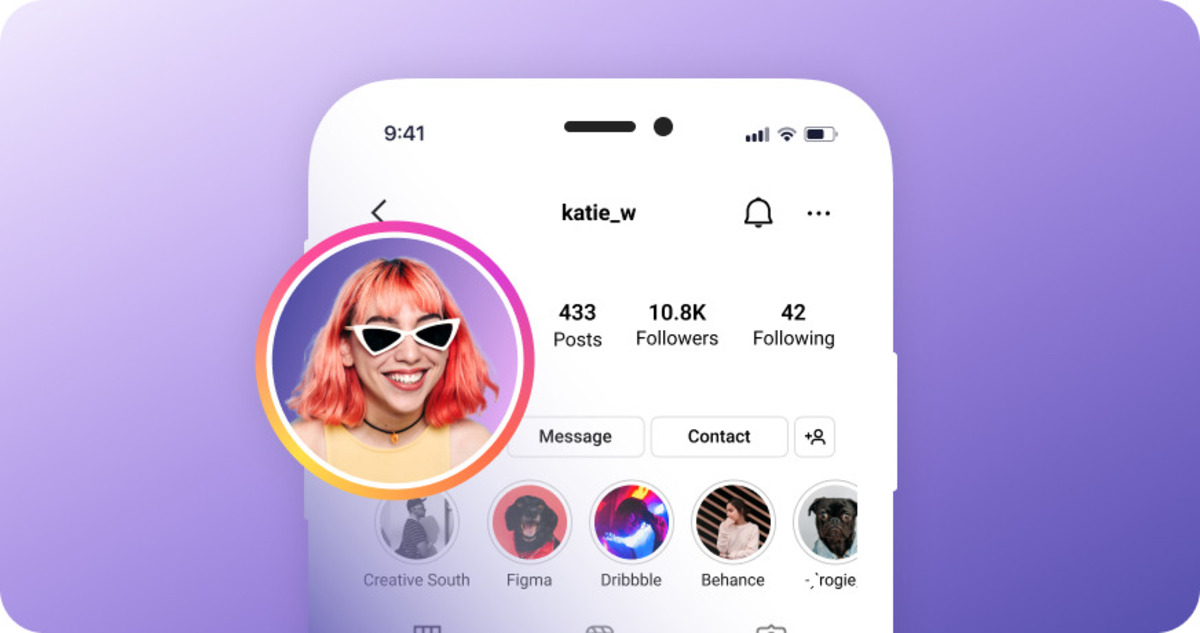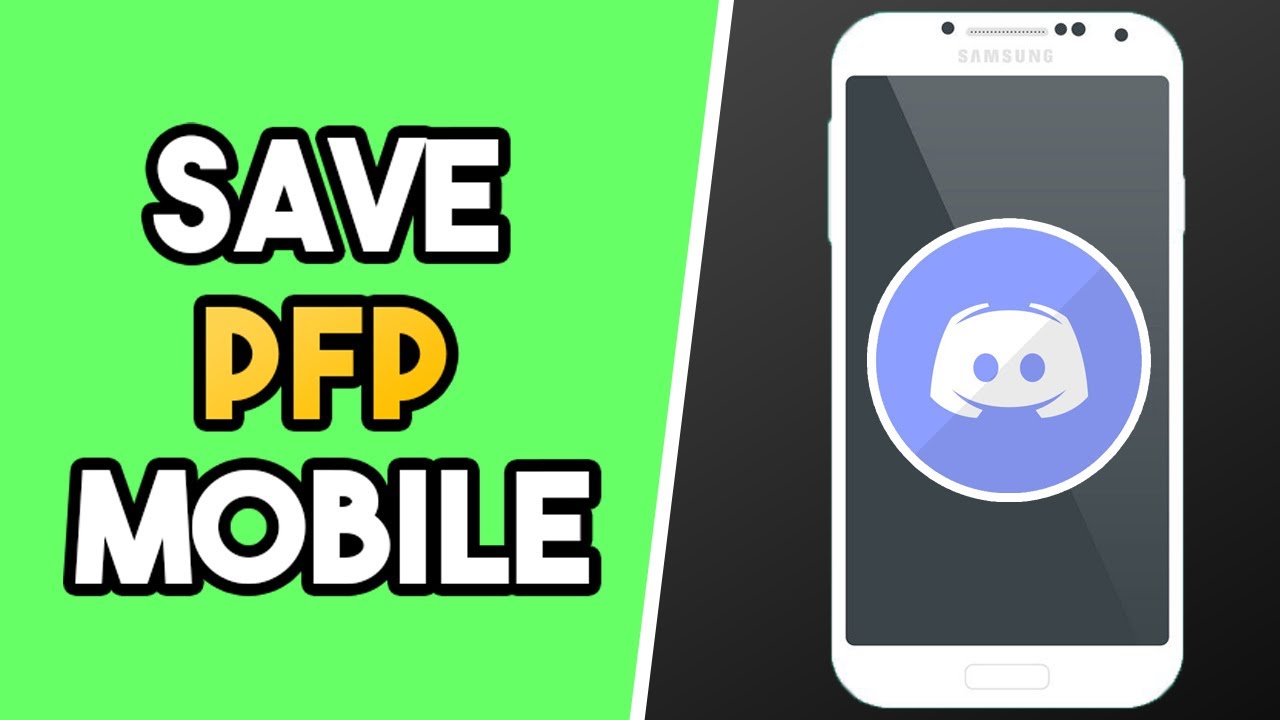Introduction
Welcome to the digital age, where images are easily accessible at the tip of our fingers. Whether you’re an avid photographer, a graphic designer, or just someone looking to save a picture for personal use, knowing how to download images from websites can be a handy skill to have. In this article, we will explore various methods and techniques that allow you to easily download pictures from websites.
With the vast array of websites and platforms available today, finding the perfect image can sometimes feel like searching for a needle in a haystack. However, armed with the right knowledge and tools, you can efficiently locate and save images that catch your eye.
Before we delve into the various methods, it’s important to note that not all images are free to download and use. Many websites and photographers have copyright restrictions in place, protecting their work from unauthorized use. Therefore, it’s essential to respect copyright laws and only download images from websites that allow it, or consider purchasing the necessary licenses for copyrighted images.
Now, let’s get started on our journey to becoming experts in downloading pictures from websites. We’ll cover everything from finding images to downloading them using web browsers, exploring third-party download managers, and even saving images from social media platforms. So, buckle up and prepare to unleash your inner image collector!
Finding the Images
Before you can download images from a website, you need to know where to find them. Many websites feature a wide variety of images, making it a treasure trove for users in search of visual content. Here are a few methods you can use to locate the images you desire.
1. Use Search Engines: Search engines like Google Images, Bing Images, and Yahoo Image Search are excellent resources to find images. Simply enter relevant keywords or phrases related to the type of image you are looking for, and browse through the results. You can also use the image search option on these search engines to find visually similar images.
2. Visit Stock Image Websites: Stock image websites offer a vast collection of high-quality images for personal or commercial use. Websites like Unsplash, Pixabay, and Pexels provide a wide range of images that are free to download and use without any copyright restrictions. These platforms often have search features and categories to help you find the perfect image.
3. Explore Social Media Platforms: Social media platforms like Instagram, Pinterest, and Flickr are not just for sharing photos but also for discovering new images. Use hashtags or explore trending topics to find images related to your interests. You can often save or bookmark these images within the platform, making it easy to retrieve them later.
4. Check Websites with Creative Commons Licensing: Many websites adopt Creative Commons licensing, which allows users to download and use images under specific conditions. Websites like Flickr, Wikimedia Commons, and even some government websites provide images with various Creative Commons licenses. Make sure to review the licensing terms and give appropriate credit when using these images.
Remember, when using images from websites, it’s crucial to respect copyright laws and usage rights. Always check the website’s terms and conditions or contact the owner directly if you’re unsure about the image’s usage permissions. Now that we know how to find images, let’s move on to the next step: downloading them!
Downloading Images Using Your Web Browser
One of the simplest ways to download images from websites is by utilizing your web browser’s built-in functionality. Most web browsers allow you to save images directly to your computer with just a few clicks. Here’s how you can do it:
- First, navigate to the website that contains the image you want to download.
- Locate the image you wish to save and right-click on it.
- A context menu will appear with various options. Select “Save image as” or a similar option.
- A new window or dialog box will open, allowing you to choose the destination folder on your computer where you want to save the image.
- Choose a suitable file name for the image, ensuring it reflects the content and is easily recognizable.
- Select the desired image format, such as JPEG or PNG, depending on your preferences.
- Click the “Save” or “Download” button to save the image to your computer.
It’s important to note that some websites may have measures in place to prevent users from downloading images. In such cases, the right-click context menu may be disabled, or the image may be protected. However, there are workarounds available. You can try opening the image in a new tab or window and then follow the steps mentioned above to download it.
Additionally, some web browsers provide additional features that make image downloading even easier. For example, Google Chrome has an extension called “Save Image As” that enables you to download images directly by right-clicking on them without going through the context menu.
Now that you know how to download images using your web browser, let’s explore how to download multiple images at once using a few handy techniques!
Downloading Multiple Images at Once
Downloading multiple images from a website can be time-consuming if you have to save each image individually. Fortunately, there are several methods you can use to download multiple images at once, making the process much more efficient. Here are a few techniques:
1. Batch Download Extensions: Many web browsers offer extensions that allow you to download multiple images simultaneously. These extensions typically provide a range of options to customize your download, such as selecting specific images, choosing a destination folder, and even renaming the files. Popular extensions include “DownThemAll” for Firefox and “Image Downloader” for Chrome.
2. Download Managers: Download managers are standalone applications that enhance the download capabilities of your browser. These tools often have a built-in feature to download all images on a webpage or a specific section of a webpage. They also provide options to filter and organize the downloaded images. Examples of popular download managers include Internet Download Manager (IDM) and JDownloader.
3. Using Command-Line Tools: If you’re comfortable with command-line interfaces, you can utilize tools like wget or cURL to download multiple images from a website using a single command. These tools offer various features that allow you to specify the number of parallel downloads, filter specific file types, and even limit the download speed.
4. Scraping Tools: Web scraping tools, like BeautifulSoup in Python, enable you to extract and download images from websites automatically. You can write a script to crawl through the website, identify the images, and save them to your local machine. This method is particularly useful when dealing with websites that have a large number of images or need regular updates.
Remember to always respect the copyright restrictions when downloading multiple images. Ensure that you have the necessary permissions to download and use the images for your intended purpose.
Now that you know how to streamline the process of downloading multiple images, let’s move on to exploring third-party download managers that can further enhance your image downloading experience!
Using Third-Party Download Managers
While web browsers offer basic image downloading capabilities, third-party download managers provide advanced features that can enhance your overall downloading experience. These tools offer a range of options, such as faster download speeds, queuing and scheduling downloads, and organizing your downloaded files. Here are a few benefits and popular examples of third-party download managers:
1. Improved Download Speeds: Download managers often utilize multiple connections to download files, resulting in faster download speeds compared to regular web browsers. This feature is especially useful when downloading large image files or when you have a slow internet connection. Popular download managers known for their speed include Internet Download Manager (IDM) and Free Download Manager (FDM).
2. Download Queuing and Scheduling: Download managers allow you to prioritize and schedule downloads according to your preferences. You can add multiple images to a queue and let the download manager handle the downloading process in the background. Some download managers even provide the option to schedule downloads during off-peak hours to optimize your internet bandwidth.
3. Media Grabber and Bulk Image Downloader: Some download managers have built-in media grabber functionality, specifically designed for downloading images, videos, and other media files from websites. With just a few clicks, you can extract and save all the images from a webpage or even an entire website. Bulk Image Downloader is a popular tool for this purpose.
4. File Organization and Management: Download managers offer features to help you keep your downloaded files organized. You can customize the naming conventions, choose specific destination folders, and even create subfolders based on file types or categories. This allows for easy retrieval and efficient management of your downloaded images.
It’s important to note that some third-party download managers come with a cost, while others offer free versions with limited functionality. Before using any download manager, ensure that it is from a reputable source and perform your due diligence to avoid malware or harmful downloads.
Now that you’re familiar with the benefits of using third-party download managers, let’s move on to the next section, where we will explore how to save images from social media platforms!
Saving Images from Social Media Platforms
Social media platforms are home to a vast collection of images, ranging from stunning photographs to creative artwork. If you come across an image that you want to save from a social media platform, here are some techniques you can use:
1. Right-Click and Save: On many social media platforms, simply right-clicking on an image and selecting “Save image as” or a similar option allows you to save the image to your computer. This method works on platforms like Facebook, Twitter, and LinkedIn, as long as the image is not protected or restricted by privacy settings.
2. Screenshotting: If you’re unable to save an image directly from a social media platform, you can use the screenshot feature on your computer or mobile device. Take a screenshot of the image and then crop or edit it accordingly. Keep in mind that screenshots may result in a lower quality image, so this method is best used when the image resolution is not a primary concern.
3. Downloading Using Extensions: Some web browsers have extensions specifically designed to help you download images from social media platforms. These extensions often provide a convenient download button or option directly on the social media interface. For example, the “Facebook Photo Downloader” extension allows you to download images from Facebook albums with a single click.
4. Save and Bookmark Features: Many social media platforms have built-in features that allow you to save or bookmark images within the platform itself. For example, on Instagram, you can save images to a “Saved” section by tapping the bookmark icon below the image. These saved images can be accessed later from your profile or collections.
It’s important to respect the privacy and copyright restrictions set by the original uploader or platform. Only save and use images from social media platforms for personal use or with the necessary permissions from the copyright owner.
Remember that different social media platforms may have different rules and limitations regarding image downloading. Always familiarize yourself with the platform’s terms of service or guidelines to understand what is allowed and what is not.
Now that you know how to save images from social media platforms, let’s move on to the next section, where we will discuss the considerations of downloading images from copyrighted websites.
Downloading Images from Copyrighted Websites
When it comes to downloading images from copyrighted websites, it’s essential to respect the rights of the content creators and follow copyright laws. Many websites have copyright restrictions in place to protect their intellectual property. Here are some considerations to keep in mind:
1. Terms of Use: Before downloading any image from a website, review the website’s terms of use or terms and conditions. Some websites may explicitly state whether you are allowed to download and use their images, and if so, under what conditions. Make sure to abide by these terms to avoid any legal consequences.
2. Seek Permission: If you want to download an image from a copyrighted website, but there is no clear indication of whether it is permitted, reach out to the website owner or the content creator directly. Contact them and ask for permission to use the image. This shows respect for their work and ensures that you are abiding by copyright laws.
3. Purchase Licenses: Some websites, especially those offering high-quality stock images, require you to purchase a license to download and use their images. If you intend to use the image for commercial purposes or require a license to be compliant with copyright laws, consider purchasing the appropriate license. This ensures that you have the legal right to use the image as intended.
4. Fair Use and Creative Commons: In certain cases, you may be able to use copyrighted images under the fair use doctrine or a Creative Commons license. Fair use allows for limited use of copyrighted material without permission from the copyright owner, primarily for purposes such as criticism, commentary, or education. Creative Commons licenses provide a framework for content creators to grant specific permissions to others for using their work. Always check if an image falls under fair use or carries a Creative Commons license and adhere to the conditions specified.
It’s crucial to understand that unauthorized use of copyrighted images can result in legal consequences, including hefty fines or legal action. Therefore, it’s always best to obtain the necessary permissions or licenses when downloading images from copyrighted websites.
Now that you are aware of the considerations for downloading images from copyrighted websites, let’s recap what we have learned in this article.
Conclusion
In this article, we explored the various methods and techniques for downloading images from websites. We started by discussing how to find images using search engines, stock image websites, social media platforms, and websites with Creative Commons licensing.
Next, we delved into the process of downloading images using web browsers. We learned how to save images by right-clicking and using the “Save image as” option, and we discussed the availability of browser extensions that make image downloading even more convenient.
Furthermore, we explored the ways to download multiple images at once by using batch download extensions, download managers, command-line tools, and scraping tools. These methods can save you time and effort when dealing with a large number of images.
In addition, we touched upon the benefits of utilizing third-party download managers, such as improved download speeds, download queuing and scheduling, media grabbing, and file organization features.
We also discussed the techniques for saving images from social media platforms, including right-clicking and saving, taking screenshots, using dedicated browser extensions, and utilizing built-in save and bookmark features available on various platforms.
Lastly, we emphasized the importance of respecting copyright laws when downloading images from copyrighted websites. We discussed the significance of reviewing terms of use, seeking permission, purchasing licenses when necessary, and considering fair use and Creative Commons options.
By following these methods and guidelines, you can responsibly and effectively download images from websites while respecting the rights of the content creators.
Remember, always confirm the usage permissions, respect copyright restrictions, and give appropriate credit when using downloaded images. We hope that this article has provided you with valuable insights and techniques to enhance your image downloading experience. Happy image hunting!







